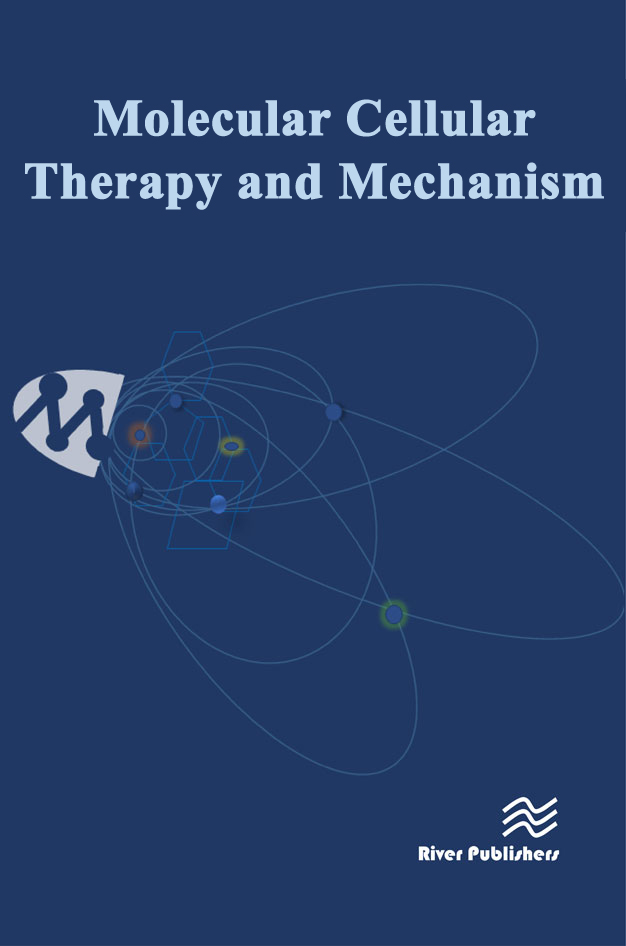Improvements in biomaterial matrices for neural precursor cell transplantation
DOI:
https://doi.org/10.13052/2052-8426-2-19Keywords:
Tissue engineering, Neural stem cells, Scaffold, Biomaterials, CNS, Brain injury, TBI, Stroke, Transplantation, ReviewAbstract
Progress is being made in developing neuroprotective strategies for traumatic brain injuries; however, there will
never be a therapy that will fully preserve neurons that are injured from moderate to severe head injuries.
Therefore, to restore neurological function, regenerative strategies will be required. Given the limited regenerative
capacity of the resident neural precursors of the CNS, many investigators have evaluated the regenerative potential
of transplanted precursors. Unfortunately, these precursors do not thrive when engrafted without a biomaterial
scaffold. In this article we review the types of natural and synthetic materials that are being used in brain tissue
engineering applications for traumatic brain injury and stroke. We also analyze modifications of the scaffolds
including immobilizing drugs, growth factors and extracellular matrix molecules to improve CNS regeneration and
functional recovery. We conclude with a discussion of some of the challenges that remain to be solved towards
repairing and regenerating the brain


